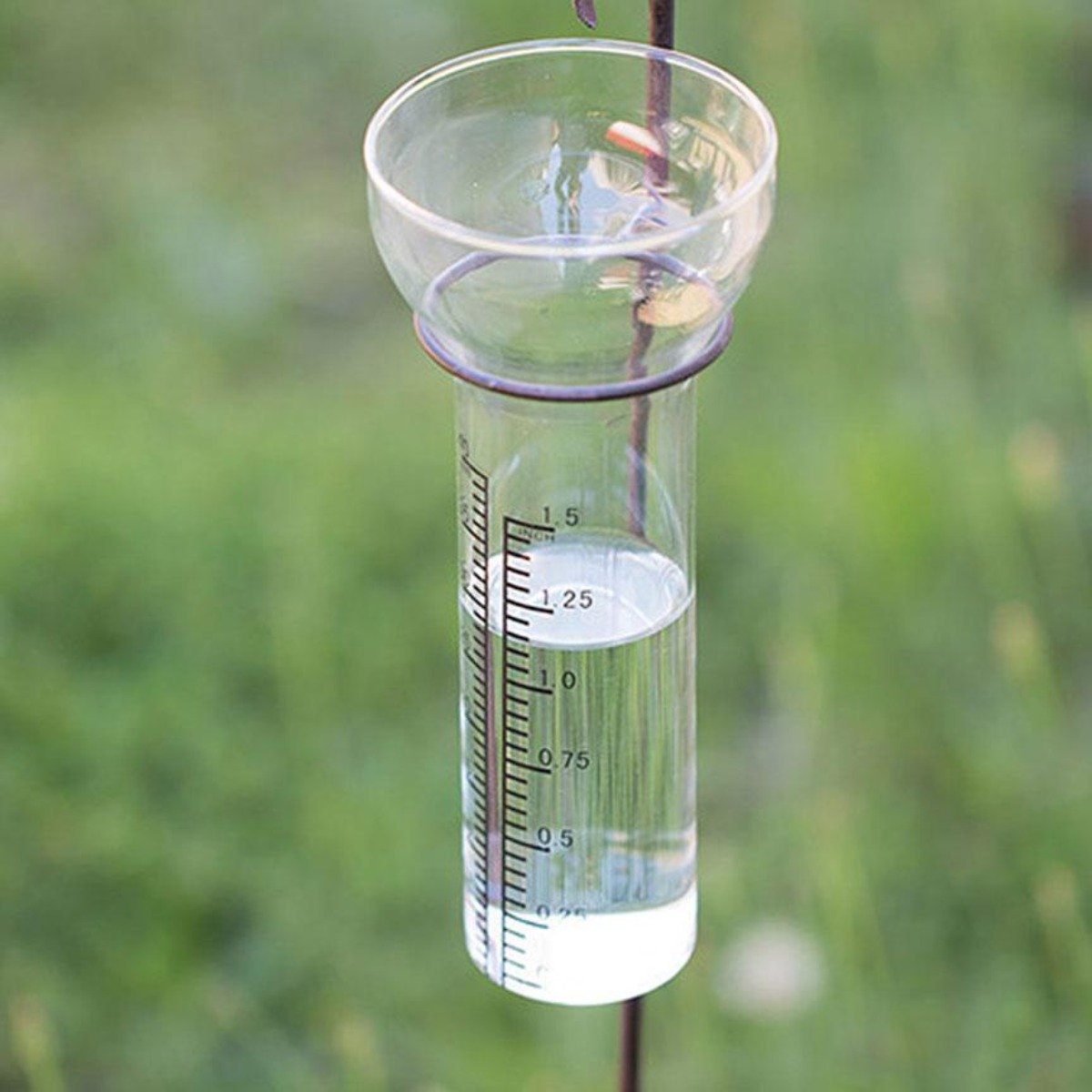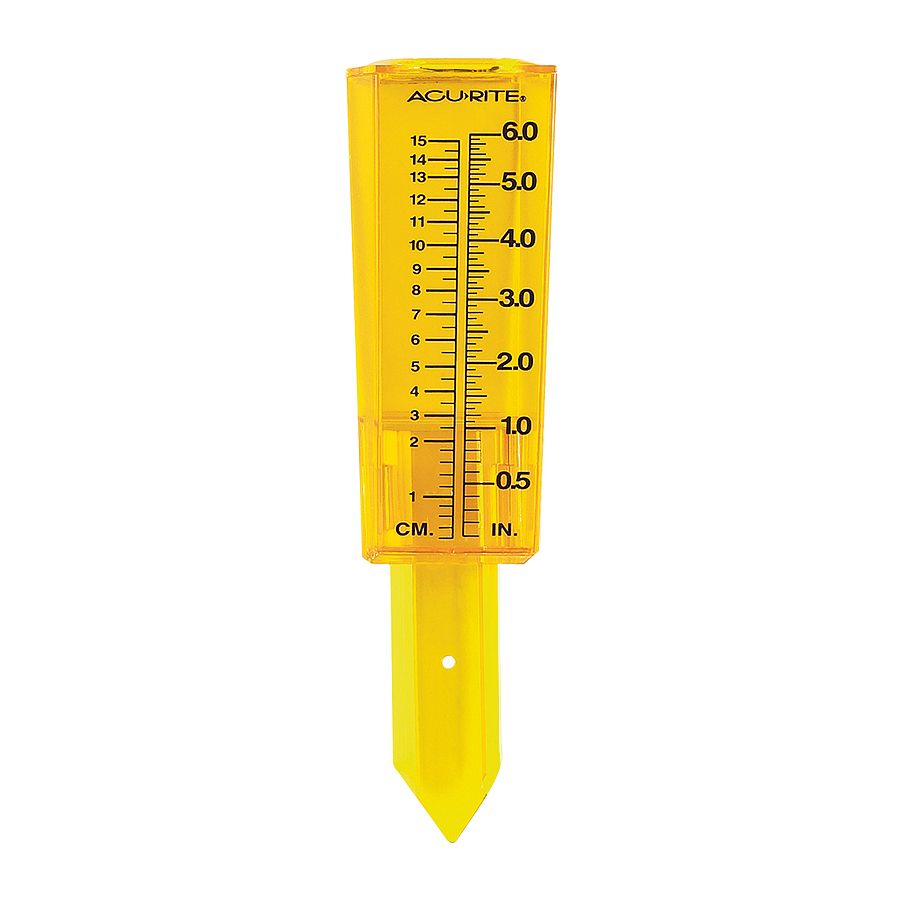The Rain Gauge: Deciphering Rain Patterns and Enhancing Weather Condition Understanding
The Rain Gauge: Deciphering Rain Patterns and Enhancing Weather Condition Understanding
Blog Article
How to Pick the Right Rain Scale for Accurate Rain Information
Accurate rains information is essential for numerous sectors and activities, such as weather forecasting, farming, and water resource monitoring. To get trusted measurements, it is necessary to pick the right rainfall scale. This guide intends to give important understandings into the option process, enabling you to make enlightened choices. Taking into consideration variables such as place, type, and accuracy of the rainfall scale will aid guarantee exact data collection. Additionally, understanding the upkeep and calibration treatments will certainly add to the durability and dependability of your rain gauge. By following these guidelines, you can guarantee precise rainfall data, enabling much better decision-making and preparation for various applications.
Importance of Selecting the Right Rain Scale
The significance of selecting the right rain gauge lies in acquiring precise and dependable rainfall information for exact meteorological analysis. Rain information is crucial for a variety of applications, consisting of weather projecting, hydrological modeling, and environment research study. Unstable or incorrect information can lead to erroneous conclusions and flawed decision-making procedures.

Second of all, the precision and accuracy of the rainfall gauge are extremely important. The scale ought to be able to gauge rains with high precision, recording even small amounts of precipitation precisely. It should also reduce mistakes due to dissipation, wind, and various other environmental factors. Normal calibration and upkeep are necessary to make sure continuous precision.
Moreover, the place and installment of the rain scale are vital factors to consider. It needs to be put in an open area, far from obstructions that could affect rains dimensions. The scale ought to be positioned at a proper height and angle to avoid spilling and guarantee proper catchment of rainwater.
Variables to Consider When Selecting a Rainfall Gauge
When choosing a rainfall gauge, there are numerous key aspects to think about. There are different kinds available, including conventional rain assesses, tipping bucket rainfall assesses, and weighing rainfall gauges.
Another factor to think about is the material of the rainfall scale. Rain evaluates can be constructed from numerous products, such as plastic, glass, or metal. The material picked ought to be immune and long lasting to climate condition, making certain that the rainfall scale will certainly hold up against the aspects and offer accurate dimensions gradually.
Precision is additionally an essential variable to take into consideration. Search for rain assesses that have actually been calibrated and checked for accuracy. Attributes such as anti-splash rings and funnels can additionally enhance the accuracy of the measurements.

Finally, consider the environment and atmosphere in which the rain gauge will be utilized. Various rainfall assesses are suitable for various environments, so it is very important to select one that is suitable for the conditions in your location.
Various Kinds of Rain Assesses Offered
To better discover the variables to consider when picking a rain scale, it is essential to understand the different sorts of rain determines available. There are several sorts of rain assesses, each with its own advantages and disadvantages. One of the most usual type is the conventional rainfall gauge, likewise recognized as the round rain gauge. This kind is composed of Full Report a straight-sided cylindrical container with a funnel-shaped top. It is basic to use and offers exact measurements of her comment is here rains.
One more kind of rainfall scale is the tipping container rain gauge. As the rain falls right into the gauge, it fills up one side of the pail, creating it to empty the water and tip.
A third kind of rainfall gauge is the evaluating rain scale. As the rainfall falls right into the scale, it is gathered in a container connected to a balance.
Ultimately, there are likewise remote rainfall assesses that usage advanced innovation to determine rainfall (The Rain Gauge). These evaluates usage sensors and transmitters to send out data wirelessly to a central unit. Remote rainfall gauges are practical for keeping track of rains in hard-to-reach locations or for large-scale data collection
Just How to Determine the Accuracy of a Rain Gauge
One method to assess the accuracy of a rain scale is by conducting regular calibration dimensions. Calibration involves comparing the analyses of a rainfall scale to a typical measurement, such as a qualified rainfall gauge or a weather terminal with high precision. By comparing the measurements, any disparities or inaccuracies in the rain scale can be determined and made up.
To conduct a calibration measurement, beginning by accumulating rainfall information from both the rain gauge and the conventional measurement device over a certain time duration, such as a month. After that, contrast the analyses and calculate the distinction between them. This distinction is called the calibration mistake.
It is vital to keep in mind that calibration dimensions must be executed regularly, as environmental aspects, such as debris, wind, and temperature level, can impact the precision of the rainfall gauge over time. By conducting normal calibrations, any modifications in the accuracy of the rainfall scale can be detected and changes can be made as necessary.
Along with calibration, it is additionally advised to clean and keep the rain gauge consistently to guarantee its precision. Eliminate any debris or blockages that may affect the accuracy of the measurements, and look for any indicators of damages or put on that might require repair Continued services or substitute.
Tips for Keeping and Adjusting Your Rainfall Scale
Routine upkeep and calibration are crucial for ensuring the accuracy and dependability of your rain scale in determining rains data (The Rain Gauge). By following a few straightforward ideas, you can make sure that your rain scale is properly kept and calibrated
First of all, it is essential to cleanse your rainfall gauge routinely to stop any kind of debris or dust from blocking the rain collection system. Make use of a mild cleaning agent and a soft brush to carefully cleanse the inside and beyond the gauge. Wash it thoroughly with tidy water and allow it to dry entirely prior to re-installing it.
Second of all, it is advised to adjust your rainfall gauge at the very least annually. Calibration involves contrasting the dimensions of your rain scale with those of a trusted and accurate reference gauge. This will help you identify and fix any kind of prospective mistakes in your rainfall gauge's measurements.
To adjust your rain scale, collect a recognized quantity of water making use of a determining container and contrast it with the dimensions videotaped by your rain gauge. Readjust the analyses as necessary to make certain precision.

Final Thought
In verdict, selecting the best rain scale is critical for acquiring precise rainfall data. Elements such as area, budget plan, and purpose ought to be thought about when picking a rain gauge.
There are different types offered, consisting of conventional rain gauges, tipping bucket rainfall evaluates, and evaluating rain assesses.To better discover the aspects to think about when selecting a rainfall scale, it is vital to recognize the various types of rain determines available. The most typical type is the standard rainfall gauge, likewise known as the cylindrical rainfall gauge.One more type of rainfall gauge is the tipping container rainfall scale. Calibration includes comparing the readings of a rainfall gauge to a typical dimension, such as a certified rainfall scale or a climate station with high precision.
Report this page